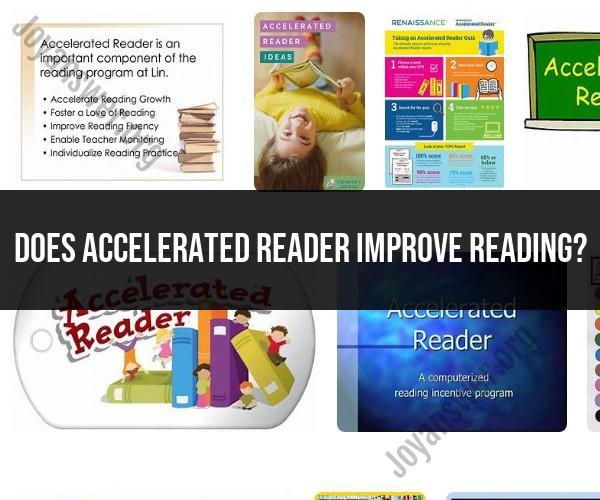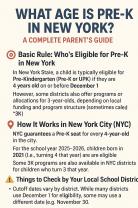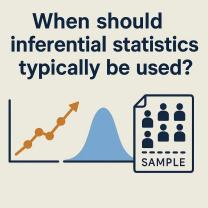Does Accelerated Reader improve reading?
Accelerated Reader (AR) is a popular educational program used in many schools to encourage and assess independent reading among students. The program is designed to improve reading skills and comprehension by offering a structured approach to reading practice. However, the effectiveness of Accelerated Reader in improving reading skills is a topic of debate, and its impact can vary from student to student and school to school.
Here are some factors to consider when evaluating the effectiveness of Accelerated Reader in improving reading:
Motivation to Read: Accelerated Reader uses a point-based system where students earn points for completing quizzes on books they've read. Some students may find this point system motivating and may read more as a result. Others, however, might focus on accumulating points rather than truly engaging with the material.
Reading Comprehension: The program includes comprehension quizzes, which can help identify whether students are understanding the material they are reading. Regular feedback on comprehension can be valuable for improving reading skills.
Independent Reading: Accelerated Reader encourages independent reading, which is a crucial aspect of developing strong reading skills. The more a student reads, the more opportunities they have to improve their vocabulary, comprehension, and fluency.
Reading Choices: The program allows students to choose their own reading material within certain parameters. Allowing students to select books that interest them can be a positive aspect of the program, as it may increase their engagement with reading.
Teacher Involvement: The effectiveness of Accelerated Reader often depends on how teachers implement the program. Teachers who actively guide and support students in their reading choices and comprehension can make the program more effective.
Criticism and Limitations: Critics of Accelerated Reader argue that it can turn reading into a competitive or point-driven activity, potentially stifling a love for reading. Some students may feel pressured to read books for the points rather than enjoyment.
Varied Reading Skills: Different students have different reading skills and needs. Accelerated Reader may work well for some students but not as effectively for others.
In summary, whether Accelerated Reader improves reading depends on how it's used and the individual needs and motivations of students. It can be a useful tool for encouraging and assessing independent reading and comprehension, but it should be part of a broader approach to literacy education that includes a variety of reading materials, strategies, and teacher guidance to foster a lifelong love of reading. The effectiveness of any reading program is also influenced by the larger educational context and the resources available to support it.
What is Accelerated Reader, and how does it work?
Accelerated Reader (AR) is a digital reading management program that helps students and teachers monitor and improve reading skills. It is used in schools and libraries around the world.
AR works by providing students with a variety of books to choose from at their reading level. Students read the books and then take quizzes to test their comprehension. AR provides students with immediate feedback on their performance and helps them track their progress over time.
Can Accelerated Reader programs help improve reading skills?
Research has shown that AR programs can help improve reading skills. For example, one study found that students who used AR for one year made significantly greater gains in reading comprehension than students who did not use AR.
AR programs can help improve reading skills in a number of ways. First, they provide students with a variety of books to choose from, which helps to keep students engaged and motivated to read. Second, AR quizzes help students to test their comprehension and identify areas where they need additional support. Third, AR provides students with immediate feedback on their performance, which helps them to learn from their mistakes and improve their reading skills.
What are the benefits of using Accelerated Reader for reading development?
There are many benefits to using AR for reading development. Some of the key benefits include:
- Increased student engagement and motivation to read
- Improved reading comprehension
- Increased vocabulary
- Improved critical thinking skills
- Accelerated reading growth
AR can also help teachers to differentiate instruction and provide students with the support they need to succeed. AR data can be used to identify students who are struggling with reading and to provide them with targeted interventions.
Are there any drawbacks or criticisms associated with Accelerated Reader?
Some people have criticized AR for being too focused on testing and for not encouraging students to read for pleasure. However, it is important to note that AR is just one tool that teachers can use to support reading development. Teachers can use AR in conjunction with other strategies, such as providing students with access to high-quality books and creating a supportive reading environment.
Another criticism of AR is that it can be expensive. However, there are many affordable AR programs available, and some schools and libraries offer AR for free.
How can educators effectively implement Accelerated Reader in the classroom?
To effectively implement AR in the classroom, educators should:
- Provide students with access to a variety of high-quality books at their reading level.
- Teach students how to use AR and how to set goals for themselves.
- Monitor student progress and provide support as needed.
- Use AR data to differentiate instruction and identify students who need additional support.
- Encourage students to read for pleasure and to develop a love of reading.
Here are some additional tips for effectively implementing AR in the classroom:
- Make AR fun and engaging for students.
- Encourage students to set their own reading goals.
- Provide students with opportunities to share their reading experiences with others.
- Celebrate student success.
AR can be a valuable tool for supporting reading development in the classroom. When used effectively, AR can help students to become better readers.













